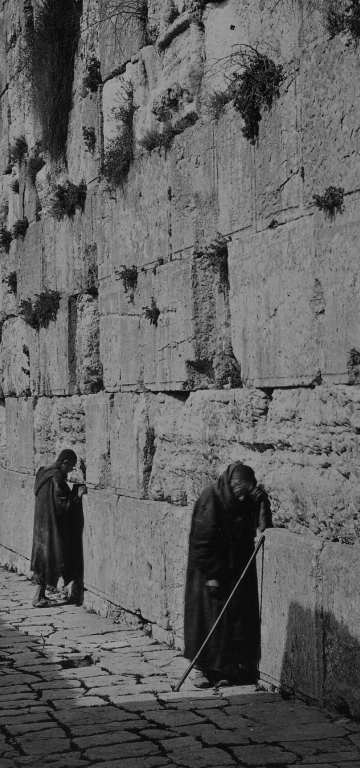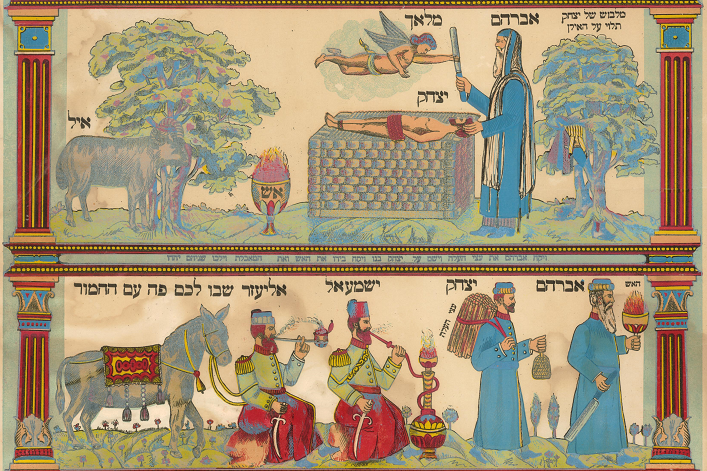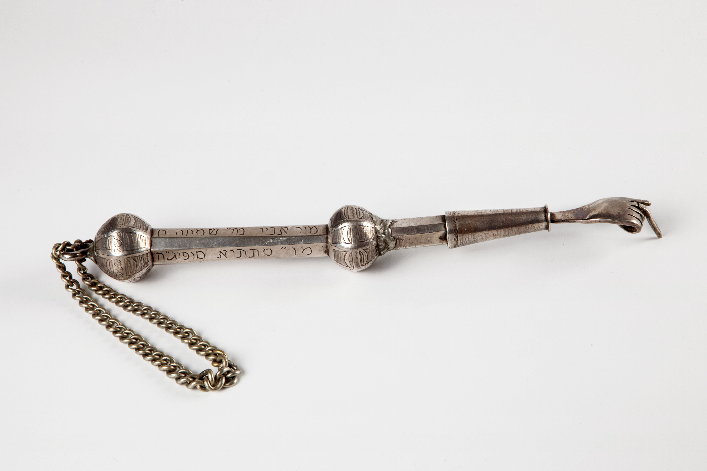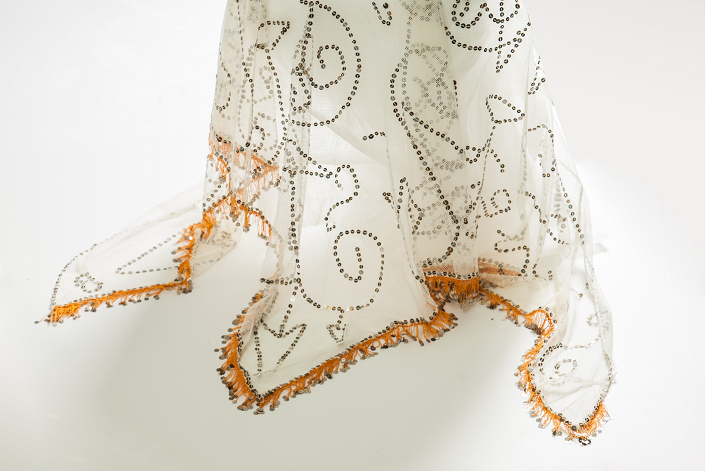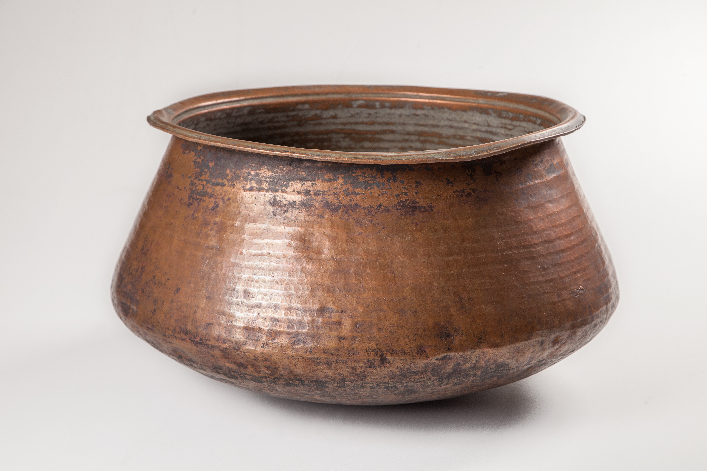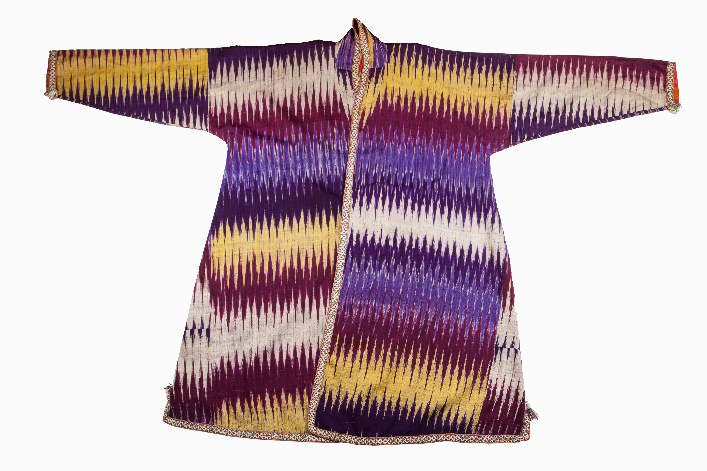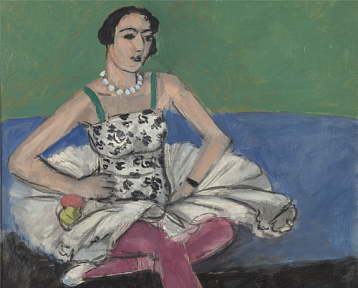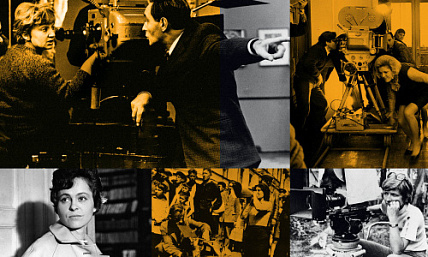Bukharan Jews: At the Crossroads of Civilizations
.
Exhibition
The exhibition will present the history and culture of the Bukharan Jews as a phenomenon of distinct Jewish identity in the context of the cultures of Central Asia.
From March 3 to September 3, 2023, the Jewish Museum and Tolerance Center will host the exhibition Bukharan Jews: At the Crossroads of Civilizations. This large-scale project, jointly staged by the Jewish Museum and the Museum of Jewish History in Russia, will present the history and culture of the Bukharan Jews as a phenomenon of distinct Jewish identity in the context of the cultures of Central Asia.
The exhibition will start in the central lobby of the museum and continue in its left gallery, taking viewers on an exciting historical, cultural and ethnographic journey, which includes sections such as Home and Traditional Household Culture; Religious Customs; Life Cycle; Traditional Occupations and Crafts, Music, Dance, Theater; Traditional Clothing.
The exhibition will feature around 200 exhibits, some of which have never been put on public display before. These include folk art and household items, handicrafts, religious items, amulets, unique historical documents and photographs. Decorative elements of traditional Jewish houses from Samarkand and Bukhara of the late 19th – the first third of the 20th centuries will be the centerpiece of the exhibition as they will be part of a purpose-built installation representing an abode of a Bukharan Jewish family. Traditional garments worn by the Bukharan Jews as well as weaving and goldwork articles are another big part of the exhibition. Most of these works are taken from the collection of the Museum of Jewish History in Russia and have been given by Jewish families during the museum’s expeditions to Central Asia. The exhibition will also feature pieces from the Russian Museum of Ethnography, the Mardjani Foundation and private collections. No other ethnographic, Jewish or art museum has ever staged an exhibition of this scale and scope.
Bukharan Jews fully formed as a separate ethnic subgroup in the 18th century in Central Asian Muslim states such as the Emirate of Bukhara and the khanates of Kokand and Khiva. However, their culture inherited and continued the traditions of a much earlier period that dates back to the era of the Persian Empire. During the Middle Ages, Bukhara and Samarkand became prominent centers of Jewish scholarship and religious poetry, both in Farsi and Hebrew. Despite the discrimination and religious persecution they were subjected to in Central Asia, Bukharan Jews played an important part in the development of local musical culture and traditional crafts. Since the mid-19th century, they were a vital link in the system of international trade between Russia and Eastern countries. The community of successful Jewish merchants produced energetic entrepreneurs, educators and philanthropists, who became pioneers in various industries, introduced new educational systems and contributed to the development of theater and up-to-date book publishing in the region. By the end of the century, they also helped set up the Bukharan Quarter in Jerusalem, which became the center of Bukharan Jewish culture and one of the hubs of new economic activity in the Holy Land. In the Central Asian republics that came into being after the Russian Revolution, Bukharan Jews were involved in various forms of socialist modernization and atheistic education: they helped establish national collective farms and new schools, served in the Red Army, fought on the fronts of the Great Patriotic War, many of them became scientists, skilled professionals and members of the creative intelligentsia in Uzbekistan and Tajikistan. As of today, following mass migration from their traditional places of residence, the majority of the Bukharan Jews have ended up in Western Europe, Israel and the United States. However, at all stages of their history and during various integration processes, despite external influences in various countries, the Bukharan Jews have preserved their unique culture, distinctive customs and rituals, and devotion to Judaism.
This phenomenon of being able to preserve their identity and culture in the context of the cultures of other peoples around them throughout the history of the Bukharan Jews will become the central theme of the exhibition.
Curated by: Grigory Kazovsky, Boris Khaimovich
Design by: Nana Abdrashitova
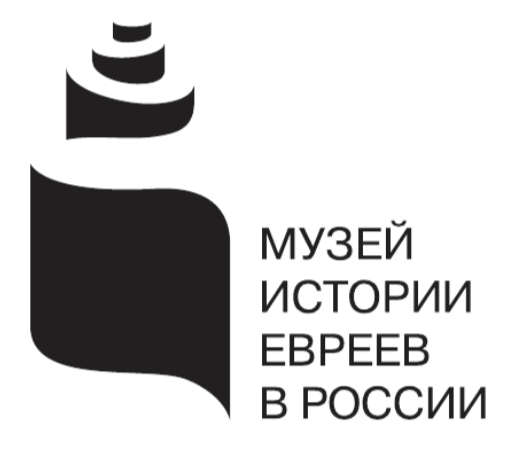
General sponsor:
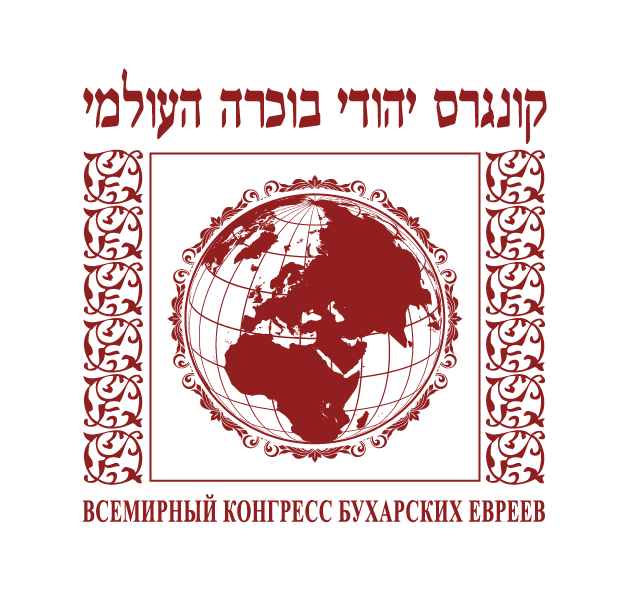
With the support of:

General information partner:

Information partners:




The exhibition will start in the central lobby of the museum and continue in its left gallery, taking viewers on an exciting historical, cultural and ethnographic journey, which includes sections such as Home and Traditional Household Culture; Religious Customs; Life Cycle; Traditional Occupations and Crafts, Music, Dance, Theater; Traditional Clothing.
The exhibition will feature around 200 exhibits, some of which have never been put on public display before. These include folk art and household items, handicrafts, religious items, amulets, unique historical documents and photographs. Decorative elements of traditional Jewish houses from Samarkand and Bukhara of the late 19th – the first third of the 20th centuries will be the centerpiece of the exhibition as they will be part of a purpose-built installation representing an abode of a Bukharan Jewish family. Traditional garments worn by the Bukharan Jews as well as weaving and goldwork articles are another big part of the exhibition. Most of these works are taken from the collection of the Museum of Jewish History in Russia and have been given by Jewish families during the museum’s expeditions to Central Asia. The exhibition will also feature pieces from the Russian Museum of Ethnography, the Mardjani Foundation and private collections. No other ethnographic, Jewish or art museum has ever staged an exhibition of this scale and scope.
Bukharan Jews fully formed as a separate ethnic subgroup in the 18th century in Central Asian Muslim states such as the Emirate of Bukhara and the khanates of Kokand and Khiva. However, their culture inherited and continued the traditions of a much earlier period that dates back to the era of the Persian Empire. During the Middle Ages, Bukhara and Samarkand became prominent centers of Jewish scholarship and religious poetry, both in Farsi and Hebrew. Despite the discrimination and religious persecution they were subjected to in Central Asia, Bukharan Jews played an important part in the development of local musical culture and traditional crafts. Since the mid-19th century, they were a vital link in the system of international trade between Russia and Eastern countries. The community of successful Jewish merchants produced energetic entrepreneurs, educators and philanthropists, who became pioneers in various industries, introduced new educational systems and contributed to the development of theater and up-to-date book publishing in the region. By the end of the century, they also helped set up the Bukharan Quarter in Jerusalem, which became the center of Bukharan Jewish culture and one of the hubs of new economic activity in the Holy Land. In the Central Asian republics that came into being after the Russian Revolution, Bukharan Jews were involved in various forms of socialist modernization and atheistic education: they helped establish national collective farms and new schools, served in the Red Army, fought on the fronts of the Great Patriotic War, many of them became scientists, skilled professionals and members of the creative intelligentsia in Uzbekistan and Tajikistan. As of today, following mass migration from their traditional places of residence, the majority of the Bukharan Jews have ended up in Western Europe, Israel and the United States. However, at all stages of their history and during various integration processes, despite external influences in various countries, the Bukharan Jews have preserved their unique culture, distinctive customs and rituals, and devotion to Judaism.
This phenomenon of being able to preserve their identity and culture in the context of the cultures of other peoples around them throughout the history of the Bukharan Jews will become the central theme of the exhibition.
Curated by: Grigory Kazovsky, Boris Khaimovich
Design by: Nana Abdrashitova

General sponsor:

With the support of:
General information partner:
Information partners:
OTHER EXHIBITIONS
Museum Archive
